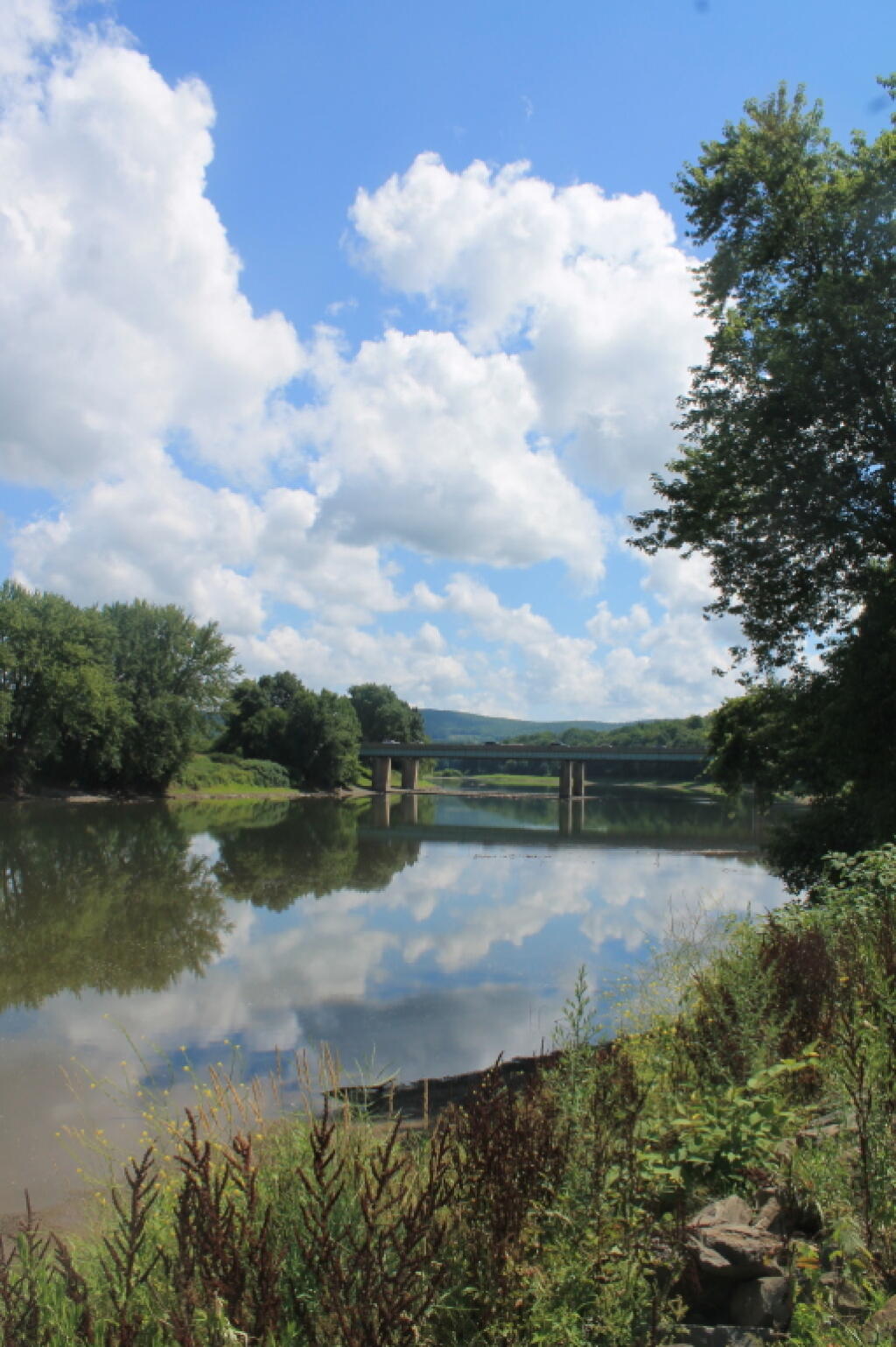The Banana Trick and Other Acts of Self-Checkout Thievery
How common are self-scanning scams? If anonymous online questionnaires are any indication, very common. When Voucher Codes Pro, a company that offers coupons to internet shoppers, surveyed 2,634 people, nearly 20 percent admitted to having stolen at the self-checkout in the past. More than half of those people said they gamed the system because detection by store security was unlikely. A 2015 study of self-checkouts with handheld scanners, conducted by criminologists at the University of Leicester, also found evidence of widespread theft. After auditing 1 million self-checkout transactions over the course of a year, totaling $21 million in sales, they found that nearly $850,000 worth of goods left the store without being scanned and paid for.
The Leicester researchers concluded that the ease of theft is likely inspiring people who might not otherwise steal to do so. Rather than walk into a store intending to take something, a shopper might, at the end of a trip, decide that a discount is in order. As one retail employee told the researchers, “People who traditionally don’t intend to steal [might realize that] … when I buy 20, I can get five for free.” The authors further proposed that retailers bore some blame for the problem. In their zeal to cut labor costs, the study said, supermarkets could be seen as having created “a crime-generating environment” that promotes profit “above social responsibility.”
While I think the scanners have gotten better, I know a few times I've gotten home and noticed things made it past the scanner and not on the receipt. Not usually intentionally, just the usual didn't ring up correctly. That said, it does seem like recently the self-checkout lines have gotten a bit more accurate.
Near Trout Run on US 15
US 15, the future Interstate 99 is sometimes known as the Appalachian Thruway, and it has some beautiful views, especially around Trout Run, Penna.
I’m Back!
Yesterday, after I left the Allegheny National Forest I had very spotty cellphone reception for most of the day, so I did not update the blog much. And today, driving back I didn’t want to stop for long, cutting into my limited time I had to poke around Pennsylvania, so I didn’t post much. But I plan to share a lot of thoughts, photos, and videos from my experience over the next few days.
The Story of Lynn Hall | The Summer Local
Just an hour south of Ellicottville tucked into the hillside along Route 6 lies a surprising work of architecture that history almost forgot - that is, until June of 2013 when Gary and Sue DeVore began researching and restoring the building that paved the way for Frank Lloyd Wright’s masterpiece, Fallingwater. The expansive flat-roofed building with its impressive stonework lies just outside of Port Allegany, PA and is known as Lynn Hall. Built in the 1930s by Walter J. Hall, Lynn Hall is a striking example of the Prairie School of design that characterized much of early 20th century architecture, especially in the Midwest. That Wright’s Fallingwater, the most famous example of prairie design, has its roots in Port Allegany is much more than an interesting coincidence; it is evidence that no single family had quite as much influence on northwestern Pennsylvania architecture as the Hall family.
How To Talk To Boomers And Other Older People In Your Life About Fake News
Boomers and older generations are by no means the only people having trouble in our new and chaotic information environment, although research suggests they have the most pressing challenges. Younger people also face difficulty, which is why so many news literacy programs target K-12 and college students. But the rapid pace of change on online platforms — and the lack of widespread reach of programs like Cyber Seniors — have left some older adults struggling to catch up.


